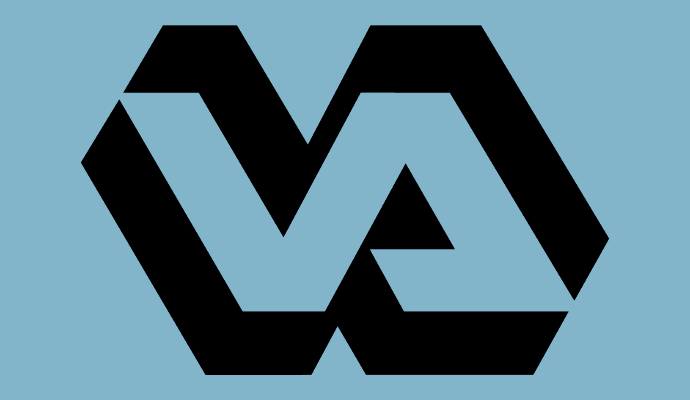GAO Says Health IT Infrastructure Costs for VA’s EHR Unreliable
Government Accountability Office auditors were unable to determine the reliability of cost estimates for health IT infrastructure, data hosting, and system sustainment for the Department of Veterans Affairs’ legacy VistA electronic health record system.

Source: VA
- Government Accountability Office (GAO) auditors were unable to determine the reliability of cost estimates for health IT infrastructure, data hosting, and system sustainment for the Department of Veterans Affairs’ legacy VistA electronic health record (EHR) system.
The VA’s Office of Information and Technology (OIT) estimated that $343 million was spent on this aspect of the EHR system during fiscal years 2015 through 2017.
GAO auditors complained, however, that the source data for this estimate was not well documented, changes in cost information provided to the GAO indicated that the cost data “may not be credible,” and subject matter expects were not clear about how to separate VistA costs from costs unrelated to VistA.
Much of the cost in this category of expenses is related to maintenance of Vista Fileman and VistA imaging, explained the GAO.
Vista Fileman is the database management system that provides structure for the data in VistA’s database and the interface for VistA’s data. VistA Imaging is the clinical imaging interface developed by the Veterans Health Administration.
The $343 million in costs for health IT infrastructure, data hosting, and system sustainment were included in one category of VistA costs for which the VA did not have reliable data, according to GAO. Other categories included related software costs and OIT personnel labor costs.
In total, GAO auditors identified $1.3 billion in VistA costs for fiscal years 2015 through 2017, out of a total of $2.3 billion, that did not have reliable data to back up the estimates.
VA Omitted Vista-Related Costs in Overall Estimate for FY15-FY17
In addition, the GAO found that the VA omitted VistA-related costs, such as the expense of using an outside vendor to host health data and hosting backup VistA instances at each medical center, from its overall cost estimate for fiscal years 2015 through 2017.
The VA has not developed a methodology for calculate these data hosing costs, which requires the use of subject matter experts to identify equipment, space, utilities, and maintenance costs allocated to VistA. VA officials told GAO that they are working on identifying a reliable methodology for calculating these costs in the future.
Costs related to work on clinical terminology mapping and functional testing also were not included in the total costs for VistA for fiscal years 2015 through 2017, the GAO related.
This involves mapping existing clinical data to national standards and making updates to VistA or the Joint Legacy Viewer; this included mapping data and building test scripts and reports.
The Joint Legacy Viewer is a web-based graphical user interface that was developed jointly by VA and the Department of Defense (DoD). The viewer provides an integrated and chronological view of EHR information contained in VistA and existing DOD systems and data from third-party providers. The tool enables VA clinicians to view a read-only display of patient data from the DoD and other medical providers.
“The lack of sufficiently reliable and comprehensive costs indicates that the department is not positioned to accurately report the annual costs to develop and sustain VistA. This is due in part to VA not following a well-documented methodology that describes how the department determined the total costs for the system,” the GAO report concluded.
The GAO recommended that the VA develop and implement a methodology for identifying and reporting the total costs of VistA. The VA agreed with the recommendation.
The VA will continue to use the VistA EHR system over the 10 years that it will be implementing a new Cerner-based EHR. Therefore, an accurate understanding of the costs associated with maintaining the legacy system is important for the VA’s effective implementation of the new EHR system and its integration with the DoD’s new MHS GENESIS EHR system.
